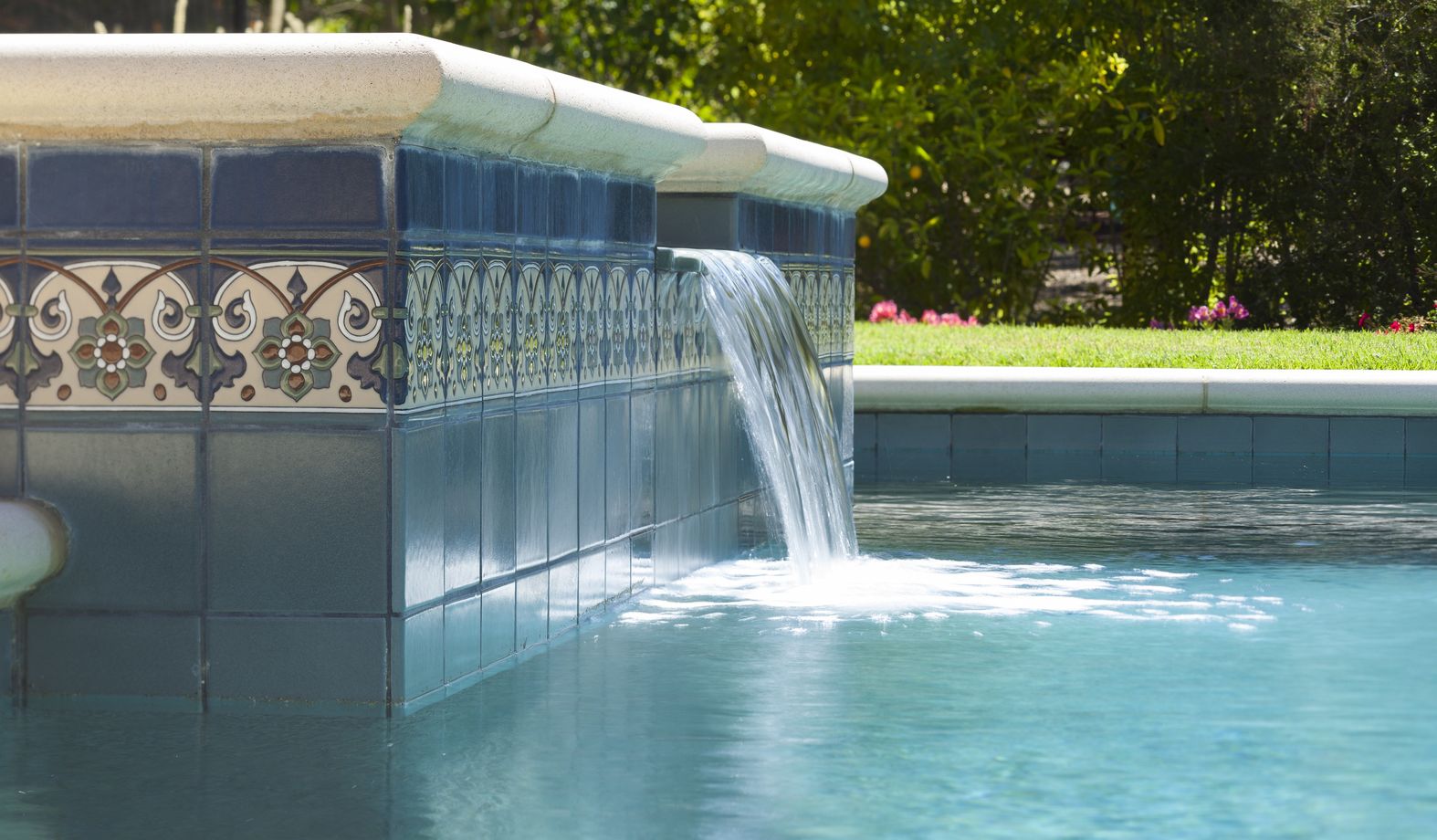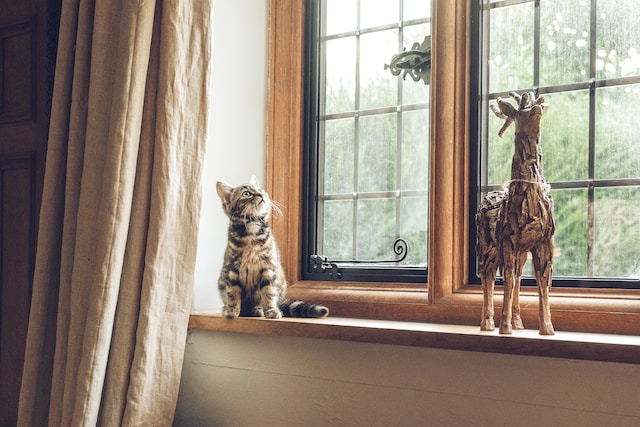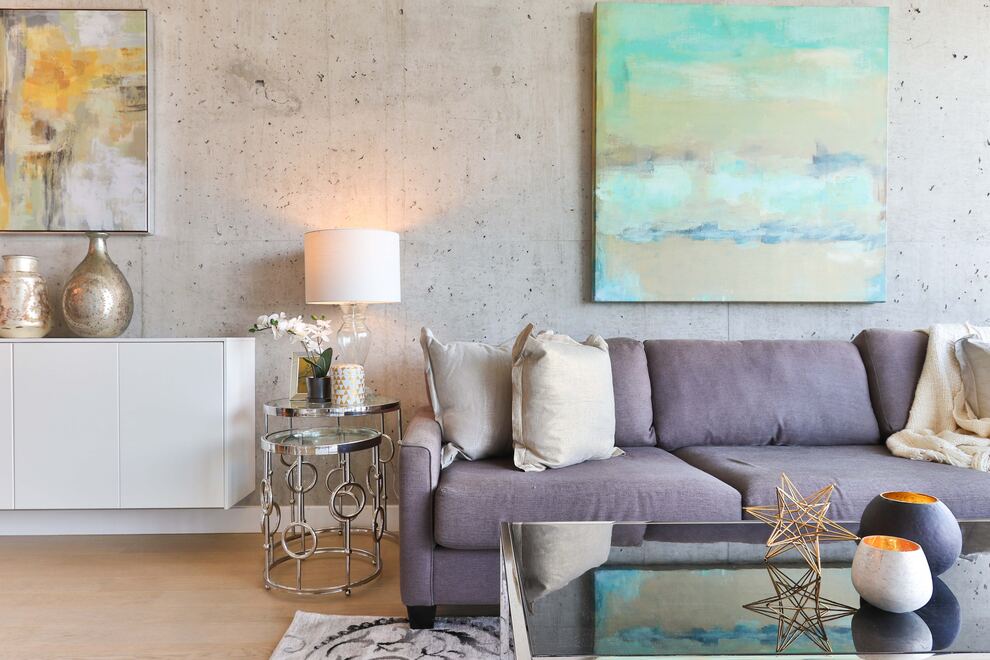Looking to have the beauty of Mexico in your home? Mexican tile is an artful and colorful way to decorate your home. Tiles can be used on the backsplash, flooring, swimming pools, fireplaces, or the exterior of the home. Some homeowners even use Mexican tiles on their tabletops and bathroom. Tiles have a wide range of style, from terracotta to blue and white, from floral to geometric patterns. True Mexican tiles are still made using centuries-old traditions locally-sourced materials. Many Mexican tile designs are derived from traditional Spanish tiles and pottery, whose styles were heavily influenced by the Moors. This is why you may see similarities between Moroccan, Spanish, Mediterranean and Mexican tile designs. Like most crafts, the distinguishing characteristics of Mexican tile lie in the details. Pottery, including tile, can be produced in a multitude of ways, with distinct differences in the clay, glaze, or manner of production.
Saltillo tiles
Traditional Saltillo tiles are made from terracotta clay and come from the Mexican city of Satillo, located in the state of Coahuila, Mexico. These tiles are handmade from terracotta and shaped into squares or other shapes. Traditional terracotta is left unglazed and is extremely porous, so it must be sealed regularly and may not be appropriate in all locations in your home. Terracotta has been used to make tiles, sculptures and other architectural designs for centuries. In fact, archeologists have uncovered terracotta statuettes in Mohenjo-daro, Pakistan (3000-1500 B.C.). The color of terracotta reflect the earth where it came from, and you’ll find a range of colors like rust, brown, red or orange.
Encaustic cement tiles
Encaustic cement tiles (sometimes called “inlaid” tiles) are different from traditional glazed tiles in that the unique colors and patterns are created by using different colors of clay (or cement) which are poured into a mold then baked. So rather than the colors and patterns being painted on the surface of the tile, the colors and patterns go all the way through the tile, making them ideal for high-traffic areas as their colors won’t wear off over time. (You can see how an encaustic tile is made in this great video.) Because they aren’t glazed on the surface, encaustic tiles aren’t slippery and do not contain lead. Like most traditional tiles, encaustic tiles are prized because of their history of craftsmanship and durability. Historically these tiles were used throughout Medieval European churches and experienced a revival in the 18th century Gothic Revival period. Today you can find these tiles hand-made by artisans in Mexico, like Rustico Tile and Stone.
Talavera tiles
Distinguished by its white glaze base, Talavera tiles and pottery have a long and illustrious history. It’s influence and origin dates all the way back to the 12th century when Spain when artisans and craftsmen were influenced by the designs and pottery technics of Islamic Moors. Some patterns and designs were influenced by Chinese and Philippine styles; other designs trace their origin to 8th century Arab culture. This style was adopted by Spanish craftsman, particularly in the town of Talavera de la Reina, and quickly spread throughout Europe in the 15th century. When Spain conquered Mexico, Spanish artisans and crafts were brought to Mexican villages and towns, which were rebuilding and constructing at a rapid pace. The city of Puebla, Mexico, founded in 1531, was a hotbed for this pottery technique and quickly adopted this particular style of pottery and tile work. Nowadays, this type of earthenware is found predominantly in Puebla. Pieces are generally left unglazed underneath, so that the natural terracotta clay is seen.
Using Mexican tiles in the home
If you are seeking true Mexican tiles, your best bet is to actually purchase them from a dealer that imports directly from Mexico. This is one of the best ways to understand how your tiles were made and from which region. Of course, many US manufacturers offer tiles designed in a Mexican or Spanish style. If you’re looking to add a south-of-the-boarder style to your home, take a look at how these projects from Fireclay Tile have helped create a unique design.
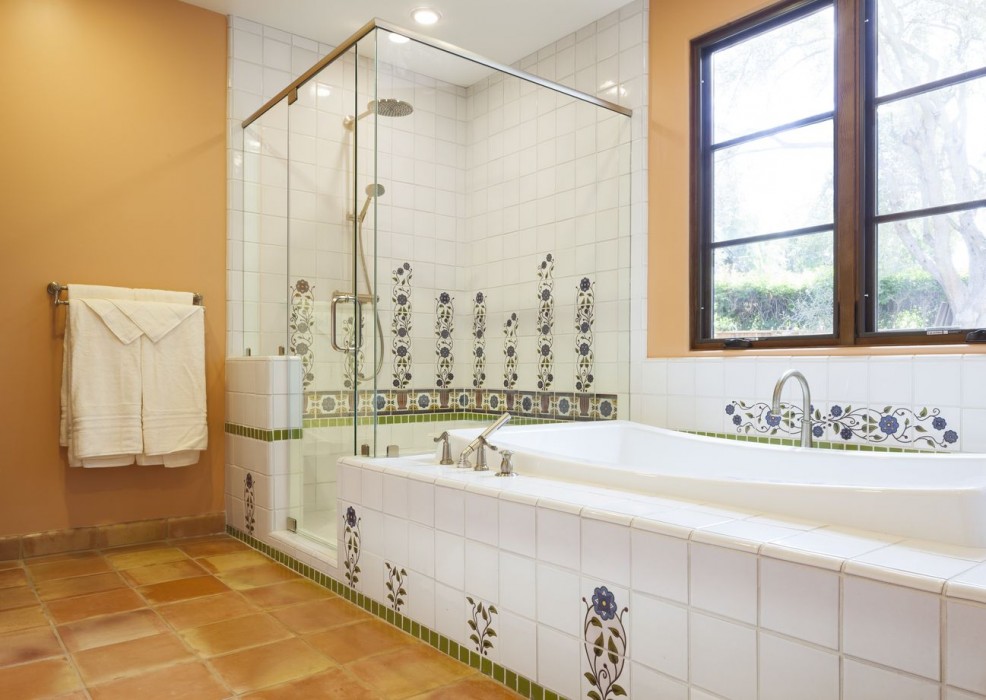
Terracotta tile on the floor creates a distinct look compared with the bright white and blue tiles in this bathroom.
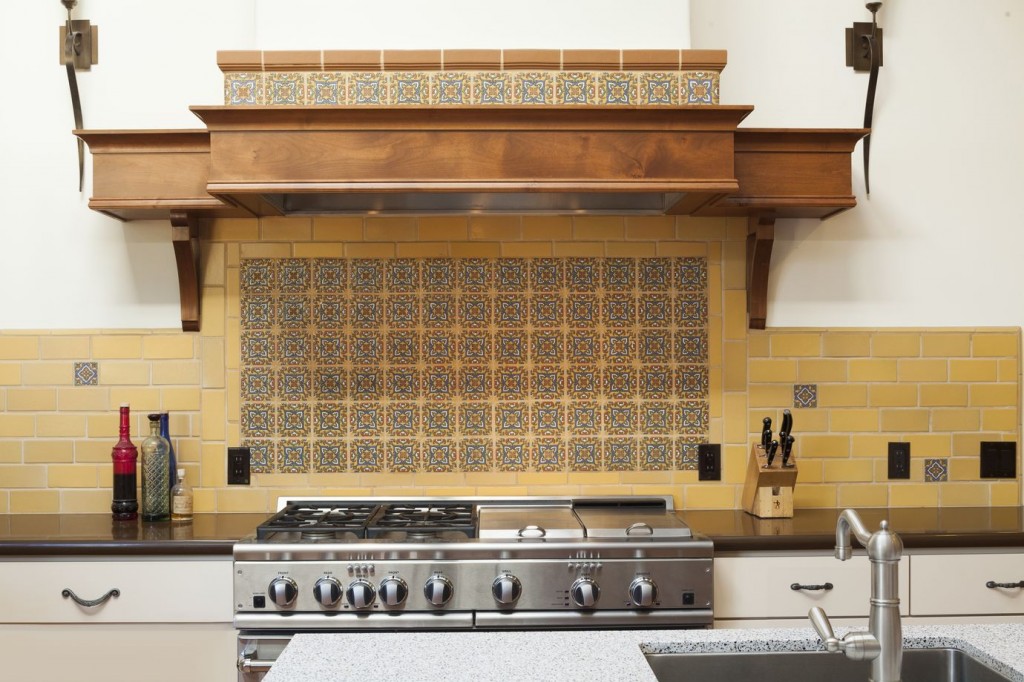
This kitchen backsplash showcases a geometrical pattern and design.
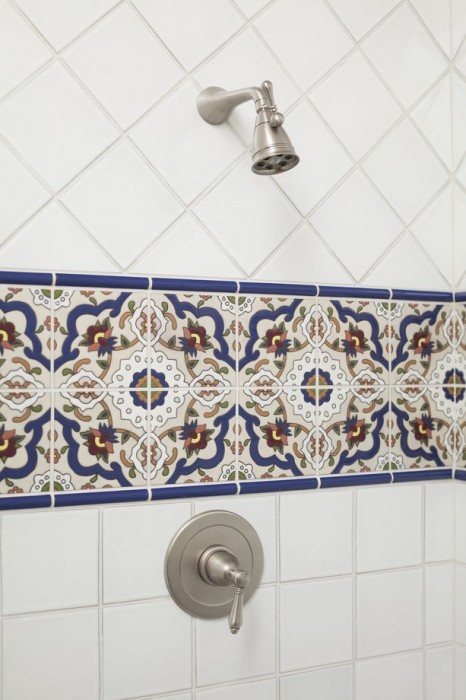
A floral border in this shower create a beautiful Mexican-inspired design.

This gorgeous swimming pool features a pretty blue, green and brown floral design.
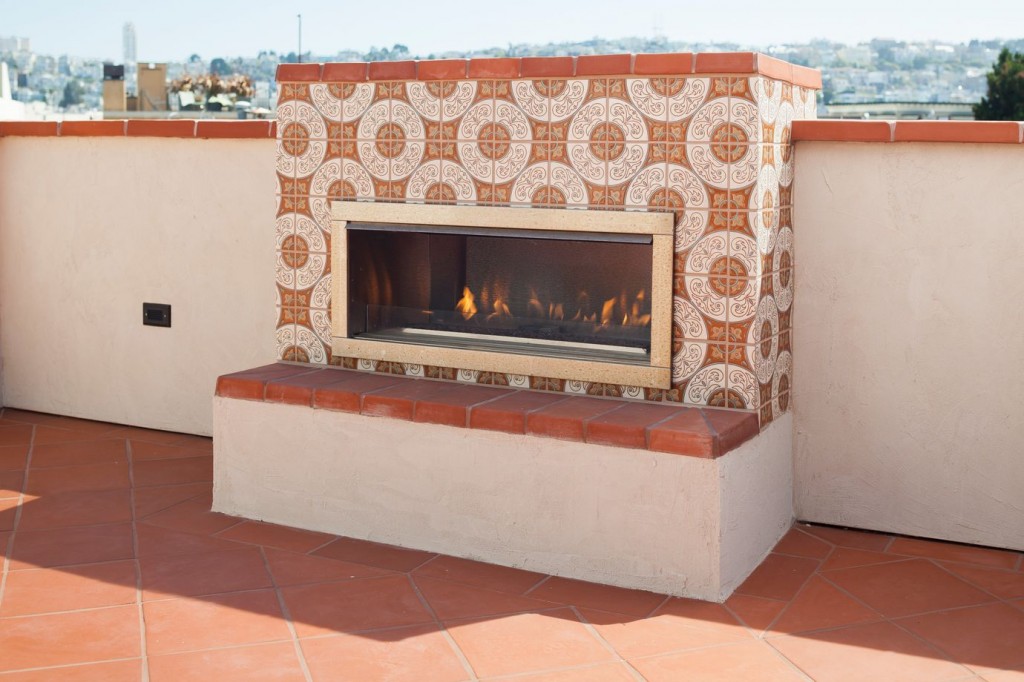
This outdoor fireplace is always warm thanks to terracotta tile and a circular white and earth-toned tile pattern.
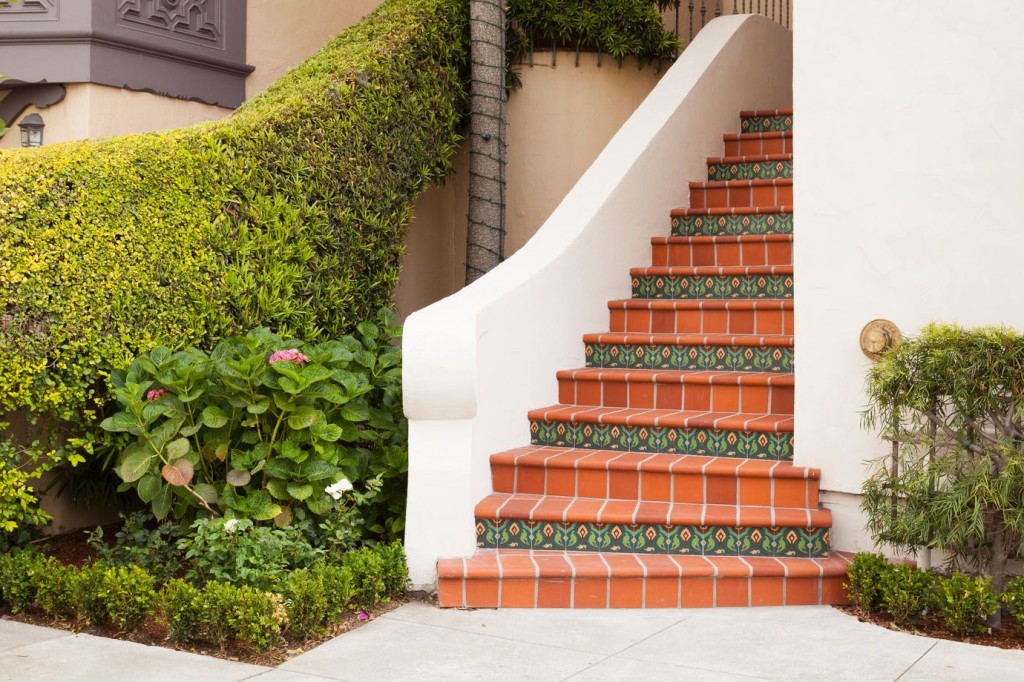
A botanical tile is a beautiful detail for this outdoor staircase.
To view more of the Cuerda Seca tile patterns, colors and designs at Fireclay Tile, visit their website.
Top image credit: Fireclay Tile
